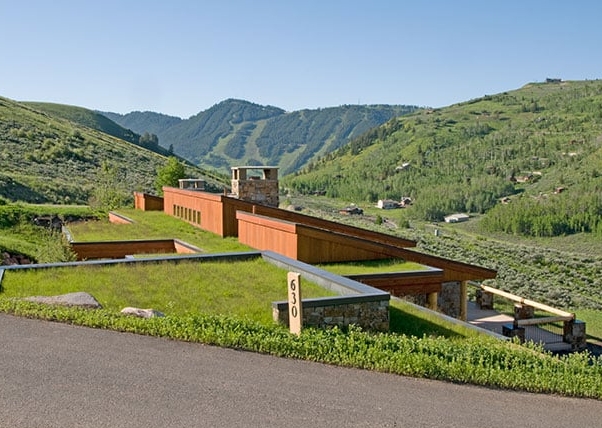Blending Nature and Design: Architectural Masterpieces Integrated into the Landscape
In today’s world, architects and designers are increasingly turning to nature for inspiration and integrating their creations seamlessly into the natural landscape. This trend has given rise to some truly stunning architectural masterpieces that are not only visually striking but also respectful of their surroundings.
Harmonious Balance
One of the key principles of blending nature and design is achieving a harmonious balance between man-made structures and the natural environment. Architects work closely with landscape architects to ensure that their buildings complement, rather than compete with, the surrounding landscape. This can involve using materials that mimic the colors and textures of the natural surroundings, incorporating green roofs or living walls to add a touch of nature to the building itself, or even designing buildings that appear to grow out of the landscape like a natural feature.
Maximizing Views
Another important aspect of integrating architecture into the landscape is maximizing views. By carefully positioning windows, balconies, and outdoor spaces, architects can ensure that residents or visitors have stunning views of the natural surroundings from every angle. This not only enhances the overall experience of the building but also helps to bring the outside in, creating a seamless connection between the built environment and the natural world.
Sustainable Design
Many architects who are focused on blending nature and design also prioritize sustainability. This can take many forms, from using environmentally friendly materials and energy-efficient technologies to designing buildings that minimize their impact on the surrounding ecosystem. By incorporating sustainable design principles into their projects, architects can create buildings that not only enhance the natural landscape but also help to protect it for future generations.
Examples of Architectural Masterpieces
There are many examples of architectural masterpieces that successfully integrate into the natural landscape. One such example is the Fallingwater House, designed by Frank Lloyd Wright. Built over a waterfall in rural Pennsylvania, the house appears to float above the rushing water, seamlessly blending into its surroundings. Another iconic example is the Sydney Opera House, whose sail-like roofs mimic the shape of the nearby harbor and provide stunning views of the water from every angle.
Conclusion
Blending nature and design is a powerful way to create architectural masterpieces that are not only visually striking but also respectful of the natural world. By achieving a harmonious balance between man-made structures and the surrounding landscape, maximizing views, and prioritizing sustainability, architects can create buildings that enhance the beauty of their surroundings and provide a unique and memorable experience for residents and visitors alike.

